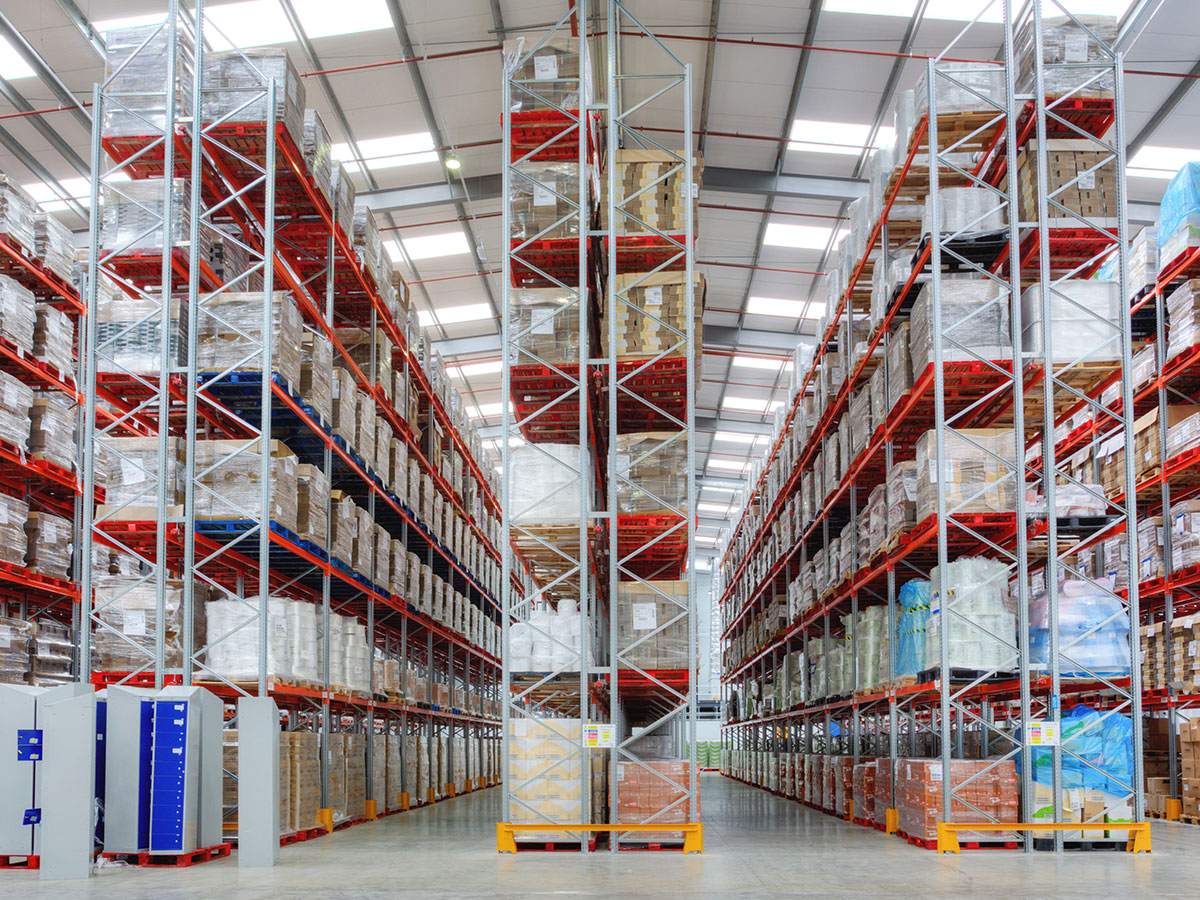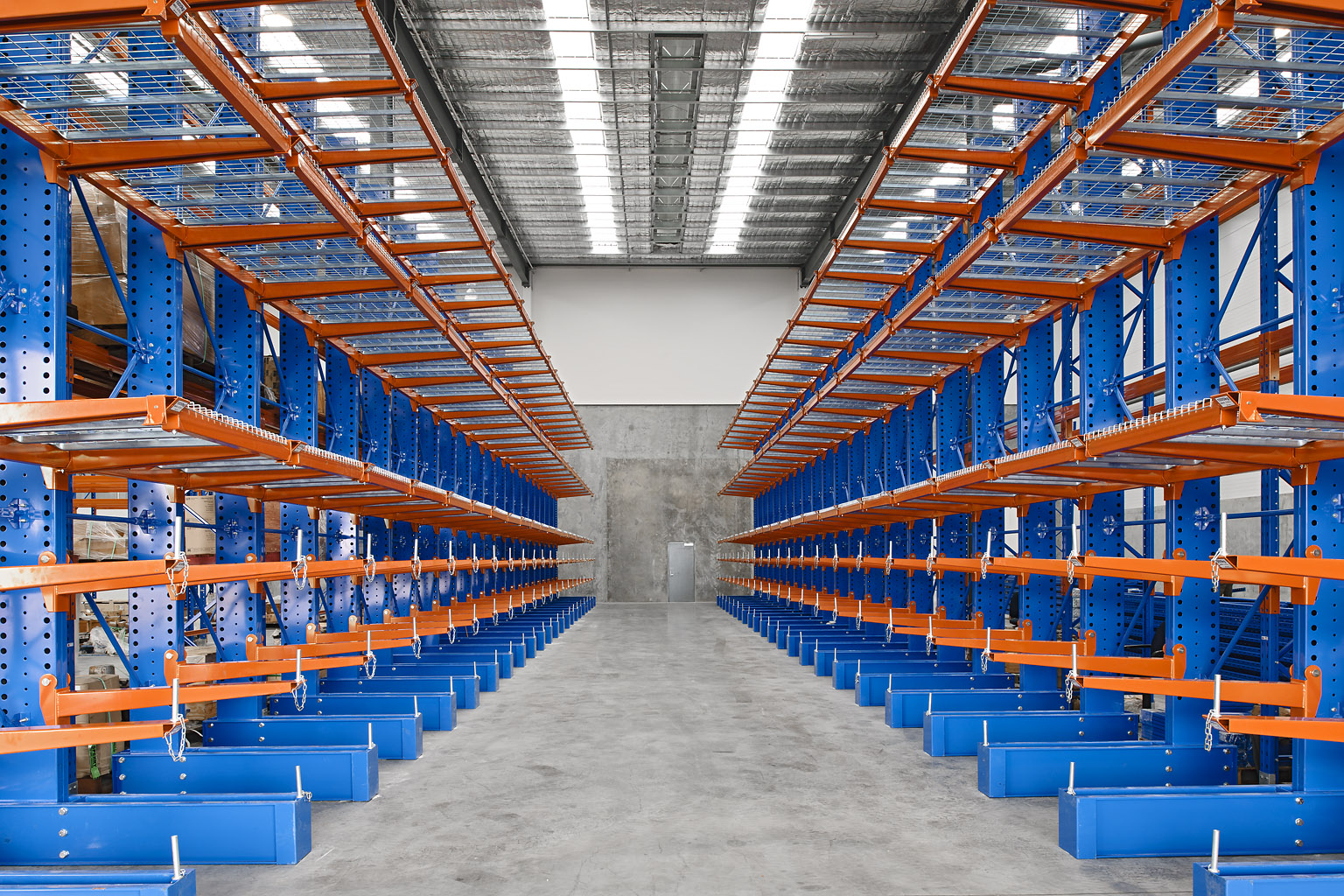Industrial racking and shelving are indispensable components of modern warehouses and storage facilities, providing efficient and organized storage solutions. From optimizing space utilization to streamlining inventory management, these systems play a pivotal role in enhancing operational efficiency and productivity.
This comprehensive guide delves into the world of industrial racking and shelving, exploring their types, benefits, and factors to consider when choosing the right solution. We’ll also provide insights into their installation, maintenance, and diverse applications across various industries.
Industrial Racking and Shelving Market Overview

Industrial racking and shelving play a crucial role in optimizing storage and organization within warehouses, manufacturing facilities, and various industrial settings. The market for industrial racking and shelving has witnessed significant growth, driven by the increasing demand for efficient and space-saving storage solutions.
Types of Industrial Racking and Shelving
There are various types of industrial racking and shelving systems available, each designed to meet specific storage needs. Some common types include:
- Pallet Racking:Designed for storing heavy loads on pallets, these racks provide easy access to goods.
- Selective Racking:Offers direct access to individual pallets, allowing for efficient inventory management.
- Drive-In Racking:High-density storage system where forklifts can drive into the racks to access goods.
- Shelving Systems:Lightweight and versatile, these systems are ideal for storing smaller items and supplies.
Factors to Consider When Choosing Industrial Racking and Shelving
Selecting the appropriate industrial racking and shelving is crucial for efficient warehouse and storage operations. Several factors need to be carefully considered to ensure optimal performance and safety.
One of the key factors to consider is the type of materials used in the construction of the racking and shelving. Common materials include steel, aluminum, and wood.
Materials Used
- Steel:Durable, strong, and fire-resistant, making it suitable for heavy-duty applications and fire-prone environments.
- Aluminum:Lightweight, corrosion-resistant, and relatively strong, often used in clean and dry environments.
- Wood:Economical, lightweight, and easy to install, but less durable and fire-resistant compared to steel and aluminum.
Additionally, the size and capacity of the racking and shelving must be carefully selected to meet the specific storage requirements. Factors to consider include:
Size and Capacity
- Height:Determines the vertical storage capacity and accessibility.
- Width:Affects the aisle space and maneuverability of equipment.
- Depth:Dictates the amount of storage space available for each unit.
- Weight capacity:Indicates the maximum load that can be safely stored on each shelf or rack.
Installation and Maintenance of Industrial Racking and Shelving

Installing and maintaining industrial racking and shelving systems is crucial for ensuring their safety, efficiency, and longevity. Proper installation and regular maintenance can prevent accidents, damage to goods, and disruptions to operations.
Installation
Before installing industrial racking and shelving, it is essential to assess the site conditions, including floor strength, ceiling height, and aisle width. The installation process typically involves:
- Preparing the floor and ensuring its levelness.
- Assembling the rack components according to the manufacturer’s instructions.
- Anchoring the racks securely to the floor or walls.
- Leveling and aligning the racks to ensure stability.
Maintenance, Industrial racking and shelving
Regular maintenance is vital to maintain the integrity and safety of industrial racking and shelving systems. This includes:
- Visual inspections:Regularly inspecting the racks for damage, corrosion, or any other signs of wear and tear.
- Load capacity checks:Ensuring that the racks are not overloaded and that the weight is distributed evenly.
- Tightening bolts and connections:Regularly checking and tightening any loose bolts or connections to maintain stability.
- Cleaning and debris removal:Keeping the racks clean and free of debris to prevent corrosion and ensure visibility.
Safety
Ensuring the safety of industrial racking and shelving is paramount. Some key safety measures include:
- Training employees:Providing proper training to employees on the safe use and handling of racking and shelving systems.
- Using proper equipment:Utilizing appropriate lifting equipment, such as forklifts, when handling heavy loads.
- Posting load capacity signs:Clearly displaying the maximum load capacity of each rack to prevent overloading.
- Regular inspections:Conducting regular inspections and maintenance to identify and address any potential safety hazards.
By following these guidelines for installation, maintenance, and safety, businesses can ensure that their industrial racking and shelving systems operate efficiently, safely, and reliably for years to come.
Applications of Industrial Racking and Shelving

Industrial racking and shelving are versatile solutions that can be used in various industries to improve storage efficiency and organization. These systems are designed to accommodate a wide range of items, from small parts to heavy machinery, and can be customized to meet specific requirements.
Warehouses
In warehouses, industrial racking and shelving are essential for optimizing space utilization and ensuring efficient inventory management. These systems allow for vertical storage, maximizing the use of available floor space. The use of pallet racks, cantilever racks, and drive-in racks enables efficient handling of large quantities of goods, improving picking and retrieval times.
For example, a large distribution center may implement a combination of pallet racks and drive-in racks to store a variety of products, including electronics, appliances, and automotive parts. The pallet racks provide easy access to individual pallets, while the drive-in racks allow for dense storage of high-volume items.
Final Review

In conclusion, industrial racking and shelving are essential tools for optimizing storage space, enhancing inventory management, and increasing productivity. By understanding the types, benefits, and considerations involved in choosing the right solution, businesses can leverage these systems to maximize their storage efficiency and streamline their operations.
